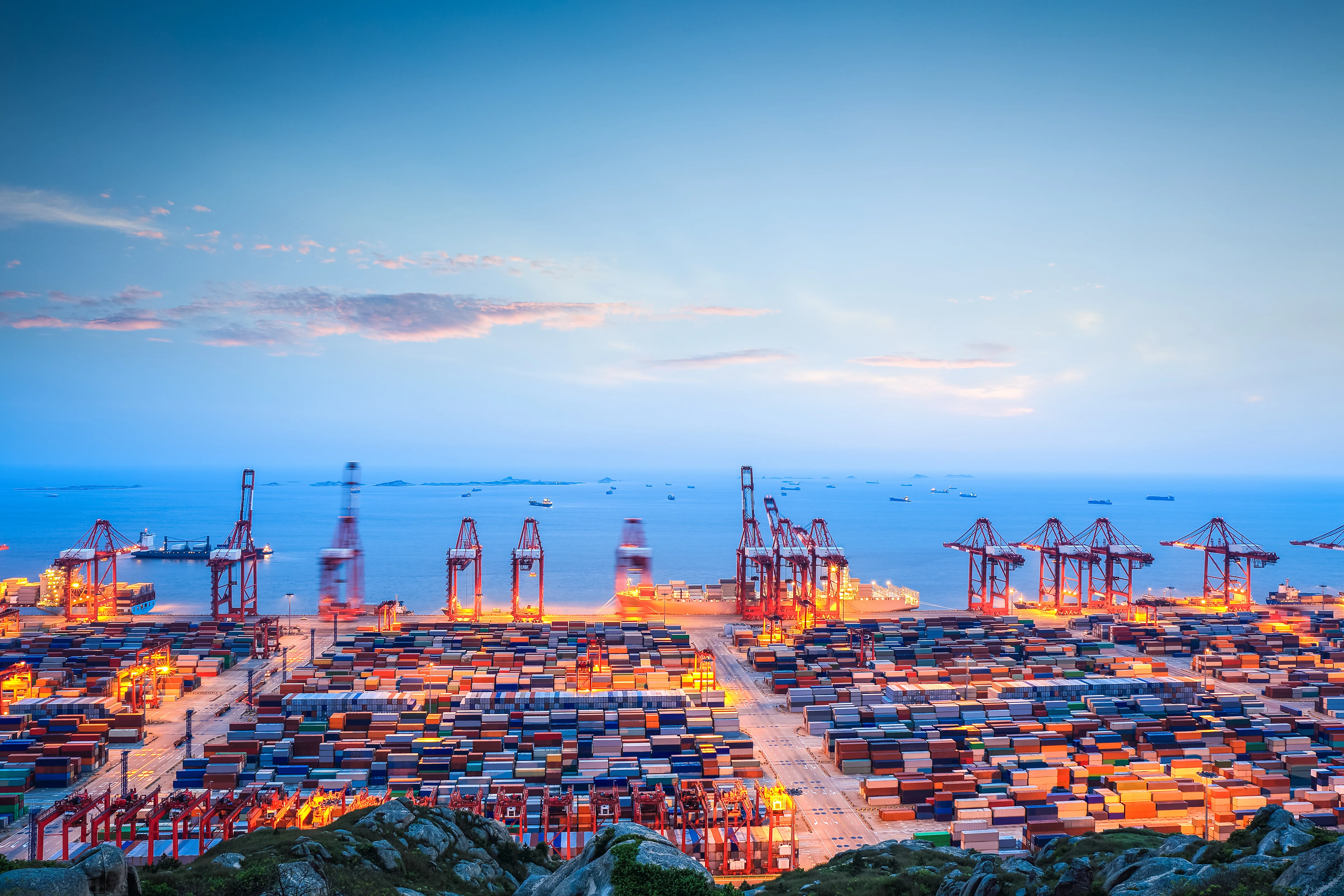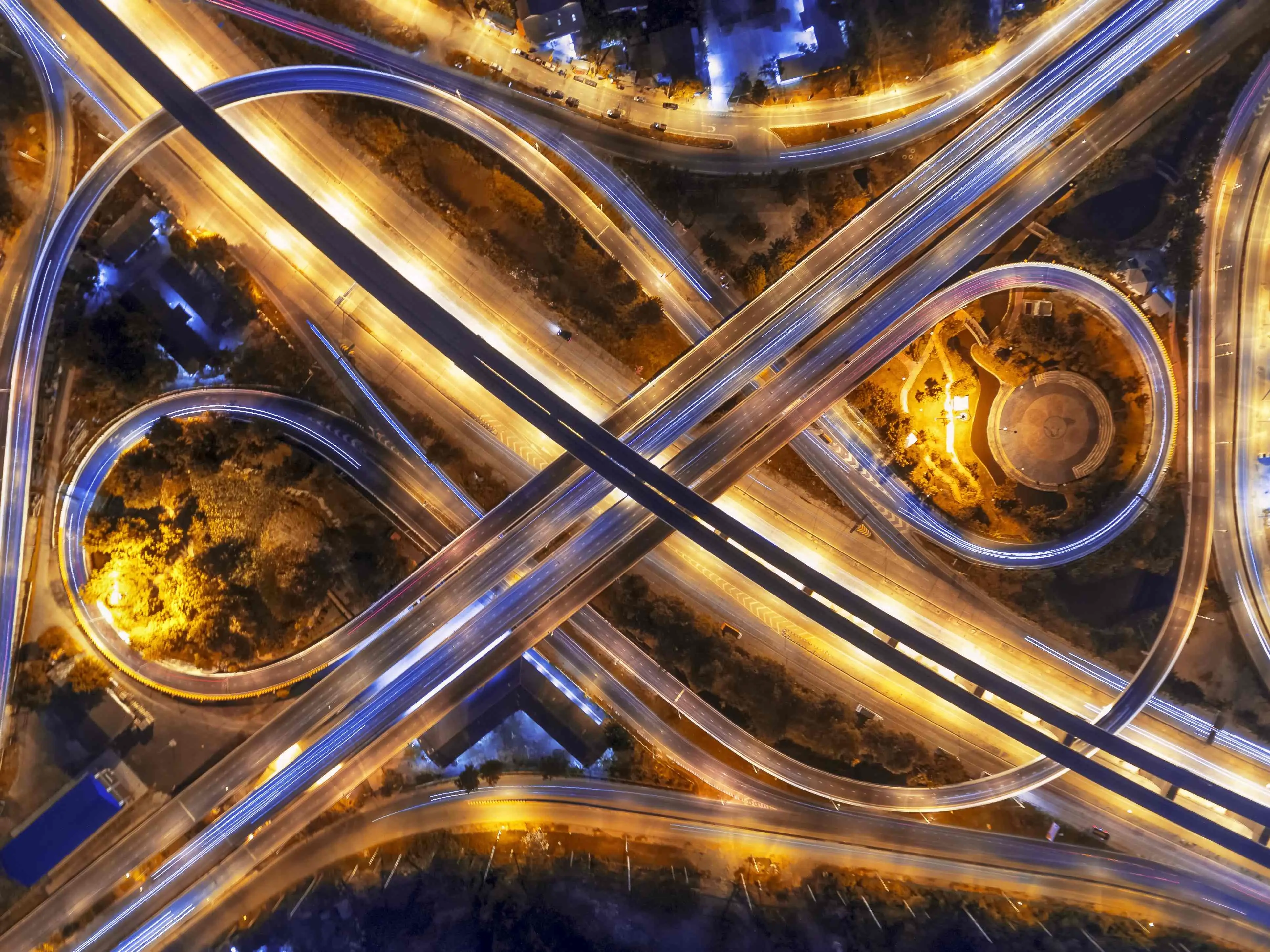Emerging Innovations in Land Transport and Logistics

The transport industry is changing rapidly due to new technology, with land transport playing a crucial role in this evolution. Demand from consumers is also shaping this change. Transport and logistics are expected to experience significant growth, with India predicted to lead at 12% in 2024. Digital tools like blockchain and IoT help manage supply chains more effectively, making processes clearer and faster. Additionally, green practices are contributing to environmental sustainability, ensuring that logistics can meet global needs in the future.
Key Takeaways
IoT tools help track vehicles and goods instantly. This improves choices and cuts costs.
AI helps logistics by guessing demand and planning better routes. This lowers pollution and makes customers happier.
Green practices like using electric cars and better routes cut carbon use and protect the environment.
Key Innovations in Land Transport and Logistics
IoT and Real-Time Tracking in Transportation
The Internet of Things (IoT) has changed transportation by allowing real-time tracking. IoT tools give updates on vehicle locations and travel times. They also alert about possible delays or problems. This helps companies make better and faster decisions. For instance, geolocation tools track vehicles and goods accurately. Real-time data helps managers cut costs and improve deliveries.
IoT's impact is huge and keeps growing. The logistics market using IoT may grow from $42.3 billion in 2023 to $146.1 billion in ten years. It gives better visibility to everyone involved and solves problems early. Smart glasses have also made picking items 25% faster, showing IoT's power in logistics.
AI and Predictive Analytics for Logistics Optimization
Artificial intelligence (AI) is key to improving logistics. AI tools predict demand, manage stock, and plan routes better. This saves time, reduces delays, and uses resources wisely. AI also helps the environment by cutting carbon emissions with smarter routes.
AI has brought clear benefits to logistics. It lowers costs and makes customers happier. AI predicts supply chain problems so companies can fix them early. These tools show how AI is shaping the future of logistics.
Sustainability Trends in Transportation and Logistics
Green Logistics and Eco-Friendly Practices
The logistics industry is working to protect the environment. Companies are cutting waste, recycling, and using eco-friendly packaging. A 2023 study found 85% of logistics companies reduce waste. Also, 60% are investing in green material handling, says the World Economic Forum.
Green logistics aims to lower carbon emissions. Electric vehicles, hybrids, and biofuels help achieve this goal. A 2022 report showed sustainable transport could cut emissions by 20% by 2030. These actions show how logistics balances sustainability with global needs.
Electric and Hydrogen-Powered Vehicles
Electric and hydrogen vehicles are changing transportation. Electric vehicles (EVs) lower emissions and save fuel costs. In five years, electric delivery vehicle use grew by 35%. Hydrogen fuel cell vehicles (FCEVs) are great for long trips and heavy loads.
Sustainable transport is now a big focus. Today, 70% of logistics companies invest in these technologies. These changes help the planet and improve efficiency, making logistics greener.
Route Optimization for Reduced Carbon Footprints
Route optimization helps make logistics more eco-friendly. Using smart tools and algorithms, companies save fuel and deliver better. Shorter routes mean less travel, fewer emissions, and lower costs.
Technology in route planning has clear benefits. A 2022 report showed optimized routes could cut emissions by 20% by 2030. These methods show how tech and planning help meet sustainability goals.
Digital Transformation in Logistics Operations
Big Data for Smarter Decision-Making
Big data is changing how transport companies make decisions. They use live data to plan better routes. This helps deliveries be faster and cheaper. Predictive tools help manage stock, avoiding too much or too little. For example, Amazon uses robots and smart systems to work faster.
Big data also makes customers happier. Companies use data to offer better services and avoid delays. This builds trust and keeps customers satisfied. Checking traffic and weather data helps deliver items quicker. Big data shows its power in making logistics smarter.
Cloud Computing for Real-Time Collaboration
Cloud computing is important for modern transport and logistics. It lets people share and see important info instantly. This makes teamwork and planning easier across the supply chain. For example, cloud tools help with planning and managing stock.
It also helps automate tasks and track deliveries better. Teams can fix delivery mistakes quickly, saving time. Sharing data in one place helps workers make smart choices. Cloud computing saves money and improves service quality.
Automation in Warehousing and Delivery
Automation is making logistics faster and more accurate. Tools like robots and smart systems reduce mistakes in picking items. This lowers returns and makes customers happy. Automated systems also sort and ship items faster.
In warehouses, automation helps store and find items easily. These tools improve work and cut down on waste. As technology grows, automation will keep improving logistics and helping the planet.
JUSDA’s Role in Changing Land Transport
JUSDA’s Smart Warehousing Solutions
JUSDA has changed warehousing with advanced technology. Its tools make work faster and more accurate. Automation helps finish orders quickly and reduces mistakes. These changes make customers happy and lower returns.
JUSDA’s warehousing benefits include:
Better accuracy means fewer order mistakes.
Faster work leads to quicker deliveries.
Saving money by cutting labor costs and improving workflows.
These solutions show JUSDA’s focus on being eco-friendly and excellent in land transport.
JusLink: Improving Supply Chain Tracking
JusLink, JUSDA’s smart platform, improves supply chain tracking. It uses AI to predict and fix problems early. This reduces delays and keeps things running smoothly.
IoT tools make everything clearer by spotting issues and fixing them. These updates save time and make customers happier. JusLink shows how tech can make transport and logistics better.
Custom Solutions for Industry Problems
JUSDA creates services for different industries like cars and electronics. It solves problems like shipping delays and managing stock. This keeps operations smooth and reliable.
The company uses tools like AI and blockchain to improve supply chains. These tools save money and make deliveries more dependable. JUSDA’s custom plans show its big role in changing logistics today.
Regional Insights on Logistics Innovation
North America: Advancing Autonomous Freight
North America is improving freight transport with self-driving trucks. These trucks use smart sensors and AI to drive safely. They help save money and solve driver shortages.
Tracking tools are important for this progress. They show where trucks are and improve delivery plans. Elastic logistics lets companies change plans based on demand. This helps save money and deliver on time.
North America’s focus on self-driving trucks shows its push for better logistics. Using new technology, the region is setting high standards in the industry.
Europe: Leading in Green Logistics
Europe leads in eco-friendly logistics with strict green rules. Companies like Amazon and DHL use electric trucks and green packaging. This helps lower pollution.
A warehouse in France by A.P. Moller - Maersk AS shows Europe’s green efforts. It reduces harm to the environment. Europe’s trends focus on following rules, saving money, and building a good image.
Benchmark | Description |
|---|---|
Market Growth | |
Regulatory Compliance | Firms follow EU green rules to avoid fines. |
Enhanced Brand Image | Green practices attract eco-friendly customers. |
Long-Term Savings | Green investments save money and improve operations. |
Europe’s green logistics shows how to mix eco-goals with great work.
Asia-Pacific: Rapid Digitalization and E-Commerce Growth
Asia-Pacific is growing fast in online shopping logistics. Countries like China and India lead with more internet users and city growth. Governments are also building better roads and systems.
New ideas like drones and smart warehouses make deliveries faster. These tools help with speed and accuracy. Crowded cities in the region need strong delivery networks.
Asia-Pacific’s use of technology shows its big role in logistics. It is meeting the needs of a growing online shopping market.
Challenges and Opportunities in Transportation and Logistics
Tackling Problems in Using New Technology
Using new technology in transport and logistics is not easy. Companies find it hard to handle the large data from IoT tools. Experts spend 45% of their time preparing data, slowing progress. There are also not enough skilled workers in data science and engineering.
Still, many companies are working to adopt digital tools. Around 67% of logistics firms have plans for using technology. Another 31% are thinking about making such plans. Automation is also growing, with 47% of jobs possibly automated by 2030. These efforts show the industry's push to solve problems and innovate.
Opportunities for Small Businesses in Logistics
Small businesses can gain a lot from new logistics tools. Predictive tools help fix equipment before it breaks, saving time. Fleet software finds better routes, cutting fuel and repair costs. Automation reduces mistakes and makes work faster.
Digital tools also make deliveries quicker and more reliable for customers. But small businesses face problems like old systems and fear of change. High costs of new tools can also be a challenge. Fixing these issues can help small businesses grow with modern logistics.
How Policies Help Innovation
Government rules are key to improving transport and logistics. Transport causes about 25% of energy-related CO2 emissions worldwide. Road travel makes up 75% of this. Strong policies could cut freight emissions by 72% and city transport emissions by 80% by 2050.
After COVID-19, spending on transport technology grew by over 10%. This shows a move toward greener and smarter solutions. Governments need to keep supporting innovation with rewards and rules. These should focus on eco-friendly and advanced technologies.
Evidence Type | Description |
|---|---|
CO2 Emissions | Transport causes 25% of global energy-related CO2 emissions. |
Emission Reduction Projections | Freight emissions could drop by 72% with strong policies by 2050. |
Investment in Technology | Spending on transport tech rose by over 10% after COVID-19. |

JUSDA Solutions
To provide you with professional solutions and quotations.
The land transport and logistics field is changing fast with new tech. Companies using these tools see big improvements:
IoT helps track items live, cutting costs and boosting speed.
AI predicts problems early, saving money and avoiding delays.
Automation makes work faster and more accurate, saving time.
These changes show why learning about new trends matters. Businesses using these ideas can save money, work better, and stay eco-friendly. This helps them succeed in a tough market.
See Also
Get Prepared: Discovering New Transport Tech for Supply Chains
Transforming Logistics: The Effects of Supply Chain Advancements
Innovative Logistics Technologies: A Look Ahead to Tomorrow
Paving the Way: Next-Gen Logistics Through Digital Solutions
Uncovering Sea Freight Logistics: Innovations to Expect in 2024
